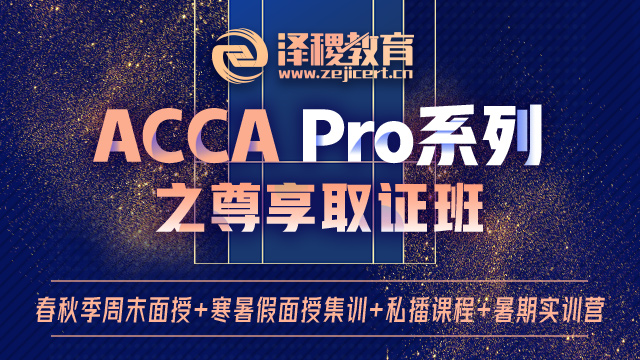ACCA P3 Exam Tips June 2017:
Kaplan
Embed your knowledge on the core models from Johnson and Scholes(the examiner based this paper on their work)。
When answering questions,write answers like you are writing to your senior management.Make it as professional as possible.Marks are allocated to this in section A.
Do not start writing answers straightaway.Take a minute to think about the structure and presentation of the answers.
It is important with this level to remember that writing lots of knowledge and theory will not get you through the exam.The key is application to the material and expanding the relevance to the scenario.
We suggest watching the news/reading the papers,but with a critical eye.For instance when you see that a business has launched a new product or moved into a new market think about the theories you have learnt that may be relevant.In this case it could be:
Porter’s generic strategies
Ansoff
Bowman’s clock
Then apply those theories to the real life situation–understand why they have created this product/why they have gone into this market.With practice you will find it easier to apply the theories to the scenario.
And of course you can do this for other areas of the syllabus.
There is nothing worse for a marker than getting a script which is just a page of writing.Try to think about making your script easier to read for the marker.Headings and Sub-headings along with a bit of space will help.Then use your paragraph to explain the point you are making.
If it is easy for the marker to see the points being made this can make the difference between pass and fail for a borderline script,include application,plus relevance within your statement,avoid listing.
If you use the word‘and’in your answer,are you making two separate points?If yes,maybe you need to split your paragraph into two headings/sub-headings.
There are 3 professional marks which will constitute professionalism,presentation and layout.
Know the theory and apply it.
Create mind maps of the key knowledge,then learn these.
Do practice questions under timed conditions and if possible,get them marked.
Make sure you’ve read all the current examiner articles,available on the ACCA website.
Get good business awareness–read a quality newspaper.
Use the reading time to select questions,and get frameworks for answer plans.
Do a section B question first.
Don’t focus on the numbers–do not spend more than 15 minutes on them per question.
Watch the clock–allocate your time efficiently–don’t overrun.
Layout your answers in a way that the marker can clearly read and understand.
Read the question carefully!
Bpp
Section A will be a compulsory case study question with several requirements relating to the same scenario information.The question will usually assess and link several subject areas from across the syllabus,and will require the demonstration of high-level capabilities to evaluate,relate and apply the information in the scenario to the question requirements.
There is often some financial or numerical data in the scenario and marks will be available for numerical analysis which supports your written argument.
Section A continues to consume time in reading and absorbing–three pages of text and numbers are becoming the norm.Thus,students must not underestimate the importance of practising these 50 mark questions not only from a knowledge perspective,but,critically,from a time management and“effort”perspective:reading;assimilating;utilising;all take time and to be effective in these three activities needs practice like anything else.
Yourprospects can dramatically improve if you follow this advice.
Section B questions are more likely to examine discrete subject areas.They will be based on short scenarios,and you will be expected to apply information from the scenarios to the question requirements.
Again the questions can be drawn from all areas of the syllabus,and the limited extent of the choice(two from three)reinforces the importance of covering all
areas of the syllabus.It is also highlighting the point that we have seen calculationsexamined in the optional Section B questions as well as in the compulsory Section A question.
This is a trend we expect to continue.A study strategy which includes making time to revisit the numerical areas of the syllabus to refresh knowledge would be wise.
P3 has the following syllabus areas:
A Strategic position
B Strategic choices
C Strategic action
D Business and process change
E Information technology
F Project management
G Financial analysis
H People
To stand the best chance of passing P3,you need to have a good understanding of the entire syllabus.This will enable you to choose the questions you believe are the easiest to pick up marks(for instance because it is easier to understand the requirements,or easier to structure an answer,or easier to pick up knowledge marks)rather than having to choose questions because of your own restricted knowledge of the syllabus.
A review of the exams in the past couple of years reveals that all the key areas of the syllabus have been examined(indeed,sometimes the same topic is examined in consecutive sittings)which,again,shows the danger of question spotting or ignoring areas.
General advice:
The P3 exam is 3 hours and 15 minutes long.There is no longer 15 minutes‘reading and planning’time as this has been incorporated into the actual writing time.
This has resulted in 1.95 minutes of writing time per mark on offer.Ultimately when it comes to using the time in the exam hall it is important that you play to your strengths and use it in a way that works best for you.
You may prefer to use the first 15 minutes of the exam to plan your answers,alternatively you may choose to start the exam immediately and reallocate the 15 minutes previously
ACCA P6 Exam Tips June 2017:
ACCA P6 Exam Tips June 2017 Session are given below by famous tuition providers
Kaplan
Expect not to finish every question.When you run out of time for that question,stop and move on to the next.Not finishing a question is not something to feel bad about,it’s just part of your technique for passing the exam.However,you should attempt all parts of every question.
Think about all the taxes–if students are asked generally for the tax implications of a transaction,most think IT,IHT,CGT,CT but very few think NIC,SDLT.Always tell the examiner which tax you are talking about–answers are often a muddle of CGT and IHT in particular.Put a heading CGT,write about this then put a new heading IHT.
You must accept that this paper is a step up from F6 and that the examiner is looking for more than just a set of rules that you have committed to short term memory.Think tax planning–it is what in the real world clients would pay most for after all.
Review the question requirement carefully–often students miss key requirements or answer the question they would like to answer because they skim over the requirement.The examiner often puts actual requirements in the body of the question.
Consider presentation of your answer–there will be 4 marks for communication and presentation so you ensure you write in proper sentences and paragraphs and use headings.Be prepared to support your calculations with explanations,they don’t have to be complex.The examiner is looking for communication as much as complex analysis–this is a paper that cannot be passed on calculations only.You will have to write reports letters and memoranda.
Practise as many questions as possible across the syllabus.It is absolutely vital that you become familiar with the examiner’s terminology and presentation.
Use the reading time effectively–identify the main content of the compulsory section and decide which optional questions to attempt.
Don’t miss out on easy marks.The questions will often have several elements.Make sure you leave sufficient time to attempt any easier parts.They may be at the end of the question.Some questions can be attempted out of sequence,so do the easy parts first.
Key areas of the syllabus include for example:inheritance tax,corporation tax and groups,sole trader/partnership losses,employment income,all aspects of capital gains tax relief and overseas aspects of income tax and capital gains tax.Expect computational and written questions on all of the above.
Most questions will involve written elements and marks are often lost because of the lack of information.
Never be afraid to state the obvious as long as it is relevant to the question.
The questions in the compulsory section will often be lengthy.Time allocation is important.When you run out of time on a question,stop and move on to the next.
Read the examiner’s articles that have been updated for the new Finance Act.
BPP
The exam will comprise of two compulsory questions within Section A which will both be of a case study style.The first question will be 35 marks in length and will contain four marks for professional skills.
The second will be for 25 marks in total and will contain noprofessional skills marks.One of these questions will focus on personal tax issues and theother will focus on corporate tax issues.
Section B will comprise three questions,each of 20 marks in length of which only two are to be answered.These will be in a more succinct,note form style.
The whole syllabus is examinable throughout the paper.
The paper will examine candidates’ability to analyse and evaluate the tax implications of various situations,numerical calculations will only be required to assist in producing an answer and no purely numerical questions will be set.
Topics we would expect to see are:
Groups of companies involving overseas aspects and losses
Unincorporated business particularly loss relief or involving a partnership,basis
period rules should also be expected.
Capital gains tax versus inheritance tax including availability of reliefs
Overseas aspects of income tax,capital gains tax,IHT or corporation tax
Personal service company
Share schemes
Company purchase of own shares
Enterprise investment schemes/Seed EIS/venture capital trusts
Takeover
VAT-partial exemption or land and buildings or transfer of a going concern or
overseas transactions
Transfer of trade versus sale of subsidiary
Disincorporation relief
Pension contributions
Patent box,research and development expenditure
点击在线咨询泽稷老师,ACCA中文宝典免费领,更有机会获得海量免费ACCA学习资料。


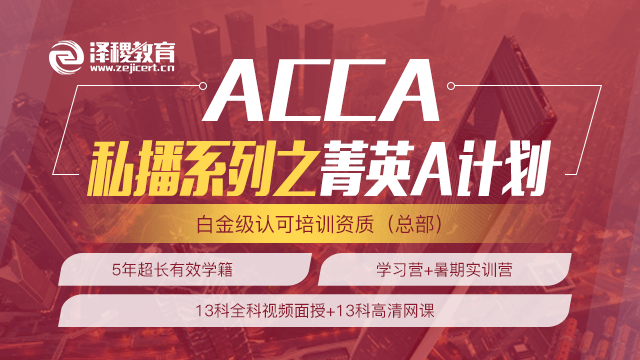


 白金级认可培训资质(总部)
白金级认可培训资质(总部)
 课程试听
课程试听
 职业规划
职业规划
 ACCA中文教材
ACCA中文教材
 考位预约
考位预约
 免费资料
免费资料
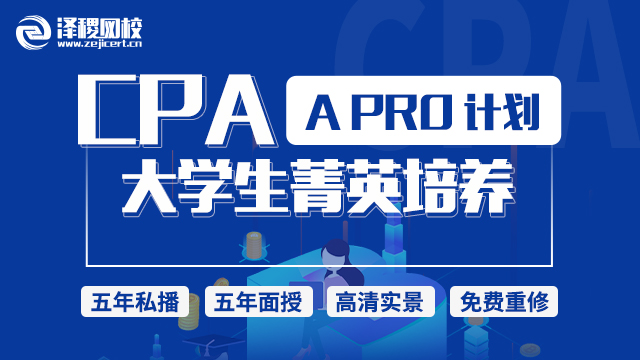
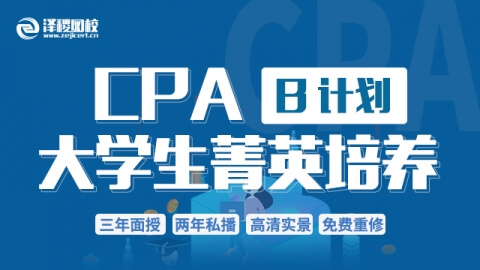
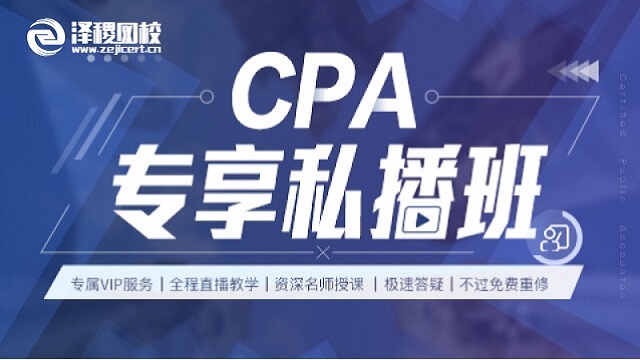
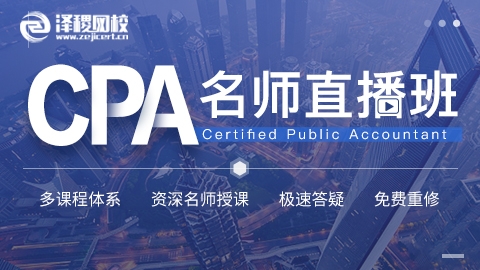
 题库下载
题库下载
 模拟机考
模拟机考


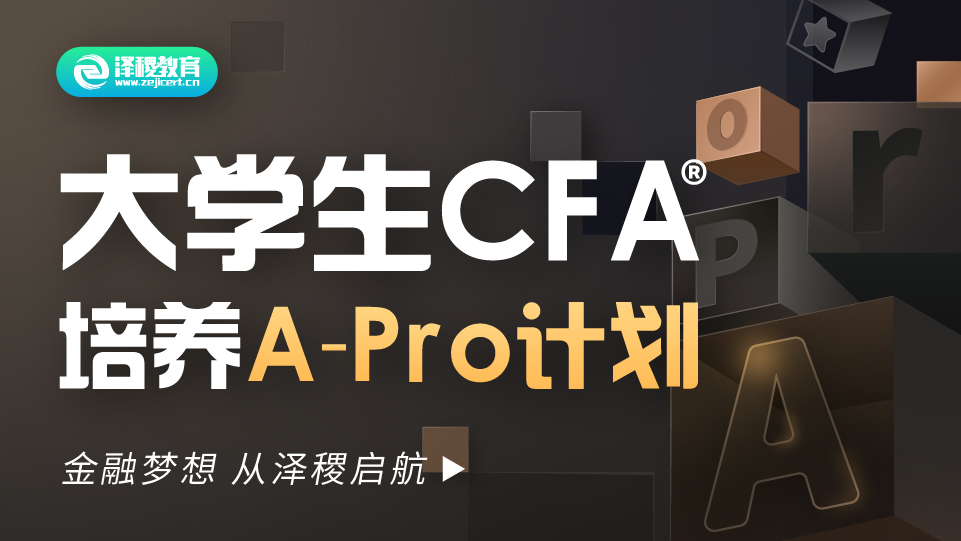
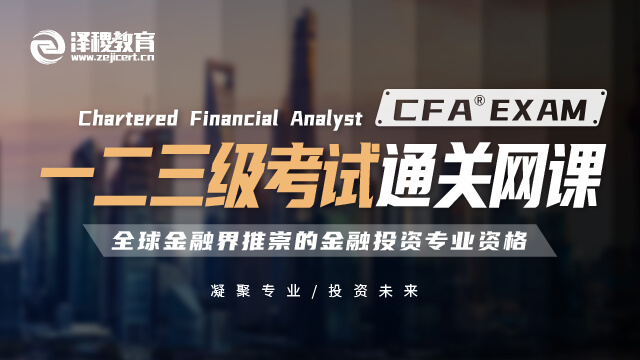
 CFA®成绩查询
CFA®成绩查询



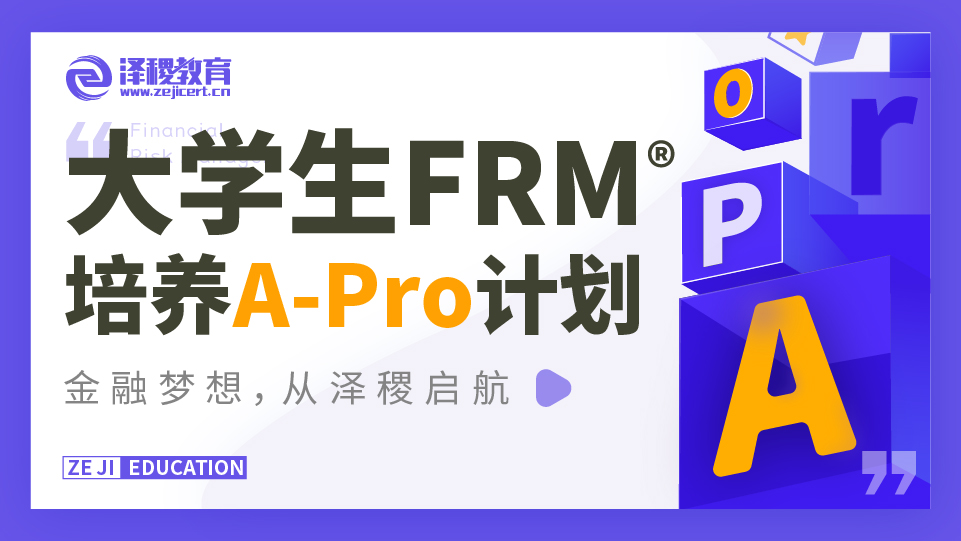
 GARP协会官方认可FRM®备考机构
GARP协会官方认可FRM®备考机构












